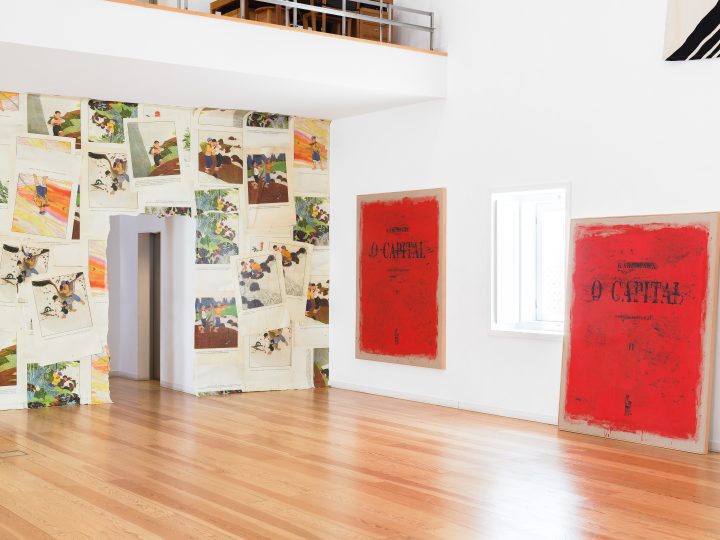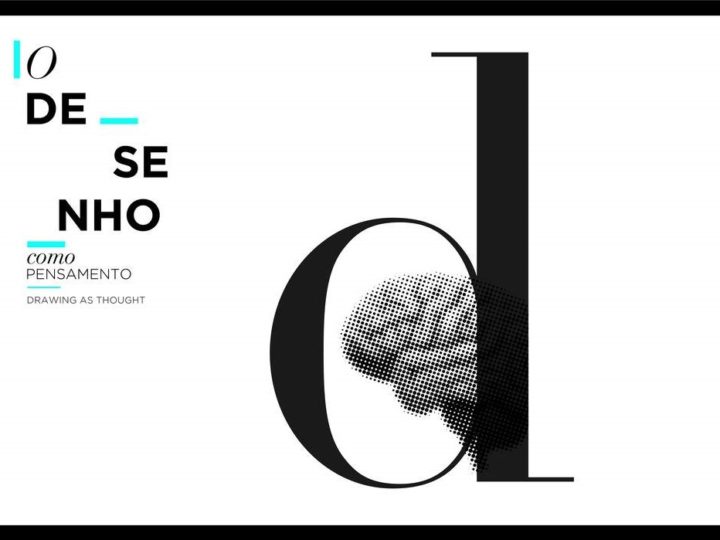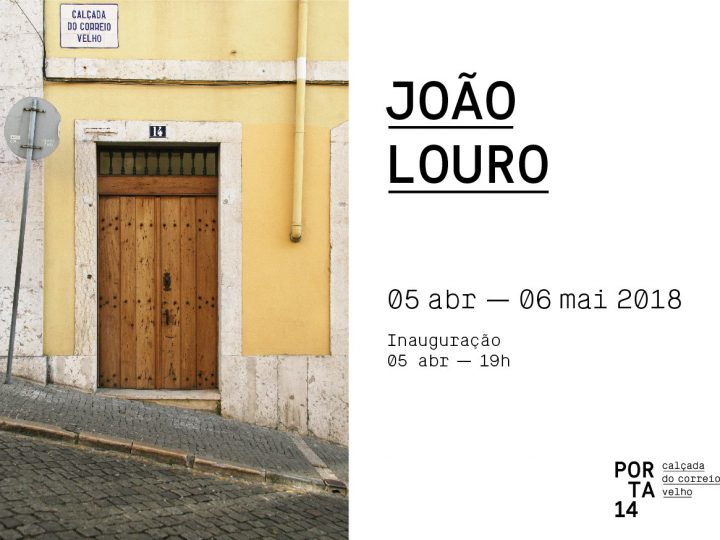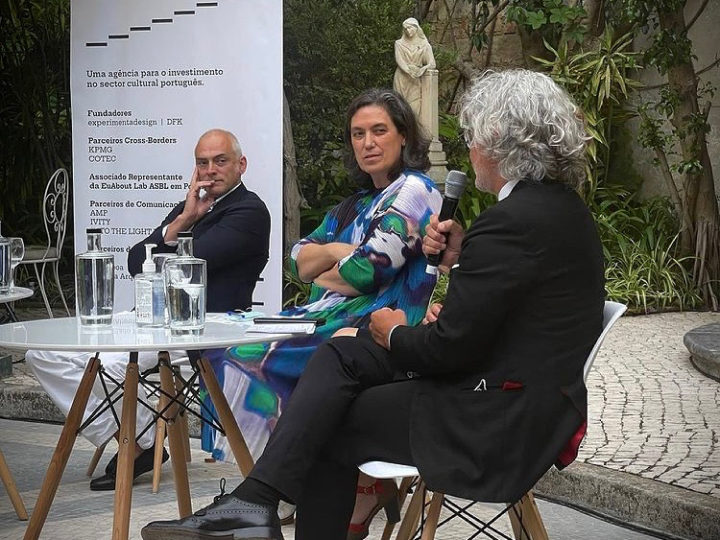
Zéro de Conduite: Obras da Coleção Serralves
01.06.18|09.09.18
Museu de Arte Contemporânea de Serralves, Oporto.
Curated by João Ribas, Ricardo Nicolau and Paula Fernandes.
A. R. Penck; Adrian Piper; Albuquerque Mendes; Alexandre Estrela; Ana Jotta; André Sousa; Antoni Muntadas; Antoni Tàpies; António Barros; António Sena; Artur Barrio; Blinky Palermo; Bruce Nauman; Chris Burden; Christer Stromholm; Christian Boltanski; Cildo Meireles; Dan Graham; Danh Võ; David Askevold; David Goldblatt; Dieter Roth; Eduardo Batarda; Eleanor Antin; Emily Jacir; Enzo Mari; Gerardo Burmester; Gilbert & George; Guerrilla Girls; Hannah Wilke; Ignasi Aballí; Isabel Carvalho; João Louro; João Onofre; João Pedro Vale; João Tabarra; John Baldessari; Jörg Immendorff; José Escada; Joseph Kosuth; Josh Smith;Juan Muñoz; Lynda Benglis; Manoel de Oliveira; Manuel Alvess; Marcel Broodthaers; Maria José Aguiar; Mario García Torres; Marlene Dumas; Martha Rosler; Matt Mullican; Mauro Cerqueira; Michelangelo Pistoletto; Patrícia Garrido; Paul McCarthy; Paula Rego; Paulo Mendes; Paulo Nozolino; Pedro Barateiro; Piero Manzoni; Pierre Huyghe; Raymond Hains; Richard Hamilton; Robert Filliou; Rui Chafes; Sigmar Polke; Stanley Brouwn; Thomas Hirschhorn; Thomas Schütte; Tino Sehgal; Urs Fischer; Valie Export; Wilhelm Sasnal; Xana



